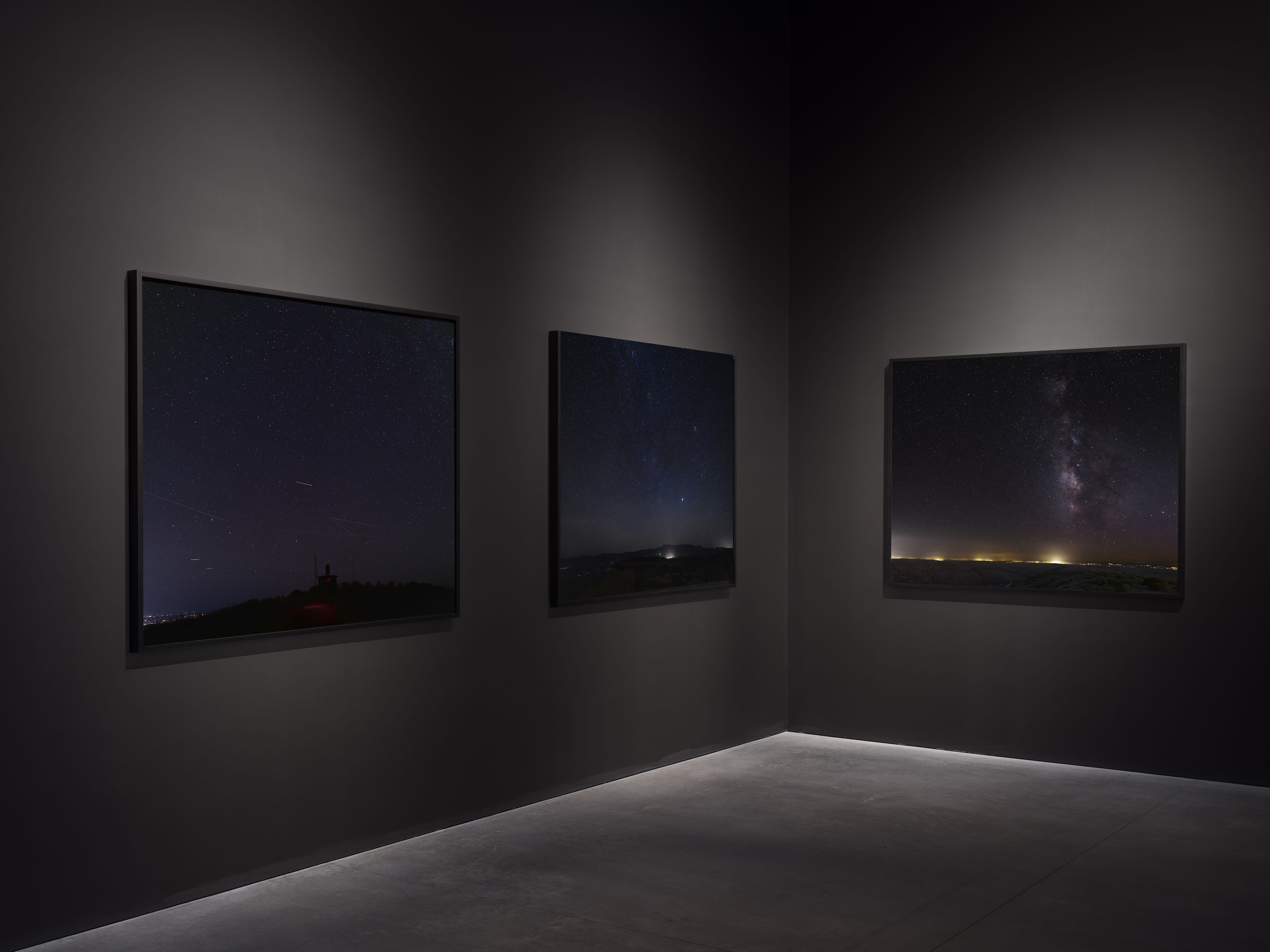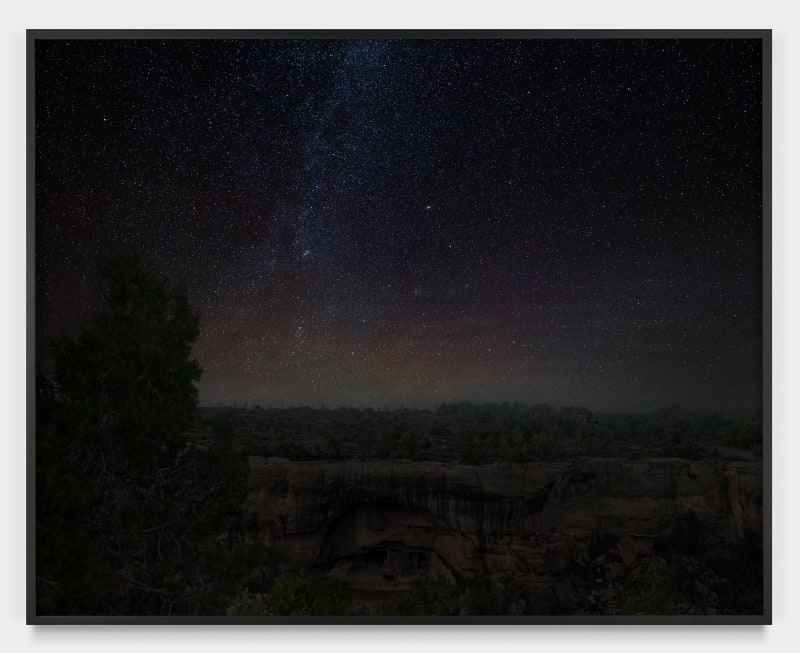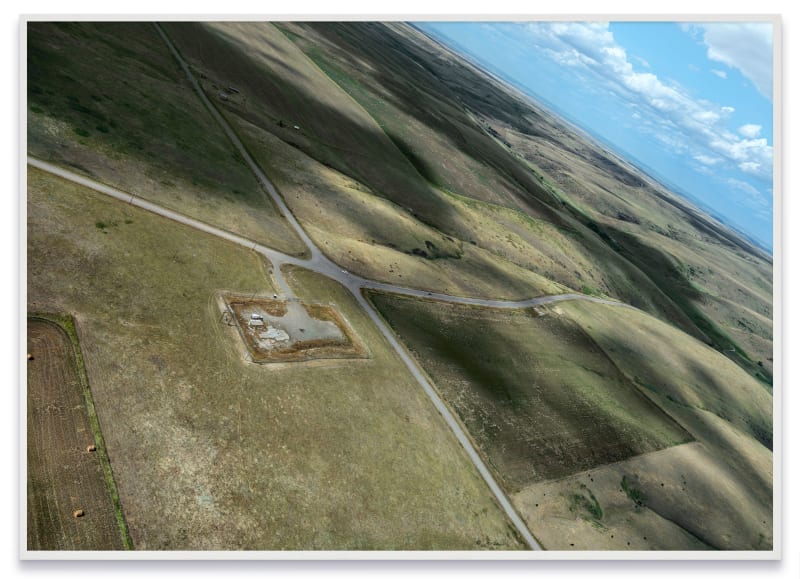An-My Lê: Dark Star/Grey Wolf
An-My Lê
Dark Star/Grey Wolf
385 Broadway New York, NY 10013 10 January - 22 February 2025
Opening Reception: Friday, 10 January, 6 – 8 pm
Marian Goodman Gallery is very pleased to announce a solo exhibition of new work by An-My Lê, Dark Star/Grey Wolf, which will be on view from 10 January to 22 February 2025.
The exhibition follows on two important solo museum exhibitions in the United States including her recent 2023 career retrospective, Between Two Rivers/Giữa hai giòng sông/Entre deux rivières at MoMA, and the exhibition On Contested Terrain, at the Carnegie Museum, 2020-2021, which traveled to the Milwaukee Museum and the Amon Carter Museum.
In this exhibition, An-My Lê presents two new series of recent photographs, Dark Star and Grey Wolf, continuing her exploration of the contradictory nature of the manifest and the sublime within the contemporary American landscape, and the latter as a present-day locus of technology, power and ambition. In Lê’s work, scale is both temporal and historical, encompassing themes of displacement, war, memory, and resilience. These are present in her earliest black and white pictures of Vietnam (1994-1998) in which she returned to a scarred homeland as a political refugee, to her pictures of war re-enactors in the southern U.S. (Small Wars, 1999-2002), to staged military training exercises in the American desert (29 Palms, 2003-04), to her more recent lens on polarization in the United States through a series of historical fragments (Silent General, 2015 to today). With extraordinary consideration of history and culture, Lê’s view onto her subjects often incorporates an elevated perspective to achieve its signature precision and ethical neutrality. In zooming out to look closer, her stepped back ‘proscenium framing’ brings into crystal clear vision her observations and stories not unlike layers of a history painting.
This strategy expands in the current exhibition in which two new series of photographs, both cinematic in their depiction of the constructs of war, explore a new geopolitical gravity, and what Lê defines as the nexus between photography and the post-atomic world. Establishing a thin line between reality and fiction, what is visible and unknown, each begins from reverse points of view: Dark Star, presents starscapes taken in Mesa Verde, and Grey Wolf, aerial views in Montana. While embarking on the latter, Lê discovered her interest in documenting the stars, as well as the evolution of a contemporary and paranoid sublime.




















